The shrinking of the Aral Sea stands as one of the most devastating ecological disasters of the 20th century. Once the fourth-largest lake in the world, this vast body of water straddling Kazakhstan and Uzbekistan has been reduced to a fraction of its former size. The catastrophe was not the result of natural processes but rather the consequence of Soviet-era hydraulic engineering projects that prioritized cotton production over environmental sustainability.
The Aral Sea before the disaster was a thriving ecosystem supporting fishing communities and a unique biodiversity. Its waters stretched over 68,000 square kilometers, providing livelihoods for thousands of people. The sea moderated the regional climate and sustained ancient cultures that had depended on its resources for centuries. Fishermen hauled in tens of thousands of tons of fish annually, and the surrounding deltas hosted lush wetlands teeming with wildlife.
Soviet ambitions for cotton independence set the stage for ecological ruin. In the 1960s, Soviet planners launched the "White Gold" campaign to transform Central Asia into a cotton powerhouse. Massive irrigation projects diverted the Amu Darya and Syr Darya rivers - the Aral Sea's only significant water sources - to irrigate thirsty cotton fields across Uzbekistan, Turkmenistan, and Kazakhstan. The scale of diversion was staggering: by the 1980s, these rivers were delivering less than 10% of their historical flow to the sea.
The consequences unfolded with terrifying speed. As water levels dropped, the sea separated into smaller lakes. Salinity levels skyrocketed, killing off most aquatic life. Former fishing villages found themselves dozens of kilometers from the receding shoreline. The exposed seabed became a toxic wasteland - winds carried salt and agricultural chemicals across the region, poisoning farmland and causing respiratory illnesses. Local climate patterns changed as the sea's moderating influence disappeared, bringing harsher winters and hotter summers.
International attention finally came in the 1990s when satellite images revealed the shocking transformation. What remained was a surreal landscape of rusting ships stranded in deserts that were once seabeds. The disaster became a global symbol of human-induced environmental destruction. Scientists warned that the damage might be irreversible - the Aral Sea had passed a tipping point where natural recovery became impossible without massive intervention.
Efforts to save portions of the sea have met with mixed success. The construction of the Kok-Aral dam in 2005 helped stabilize the northern Aral Sea in Kazakhstan, where water levels have risen and some fish species have returned. However, the much larger southern portion in Uzbekistan continues to shrink, with only isolated pockets of water remaining. The tragedy serves as a sobering lesson about the consequences of prioritizing short-term economic gains over long-term environmental health.
The story of the Aral Sea raises profound questions about humanity's relationship with nature. It demonstrates how even well-intentioned development projects can spiral into catastrophe when ecological considerations are ignored. As climate change intensifies water scarcity worldwide, the lessons from this man-made disaster grow ever more relevant. The vanished sea stands as a haunting reminder that ecosystems which took millennia to develop can be destroyed in mere decades by human ambition unchecked by wisdom.

By /Jun 7, 2025

By /Jun 7, 2025

By /Jun 7, 2025

By /Jun 7, 2025

By /Jun 7, 2025

By /Jun 7, 2025

By /Jun 7, 2025

By /Jun 7, 2025

By /Jun 7, 2025

By /Jun 7, 2025

By /Jun 7, 2025
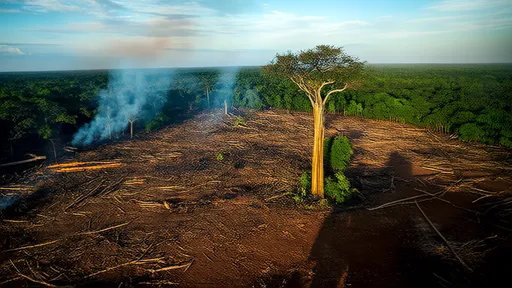
By /Jun 7, 2025

By /Jun 7, 2025

By /Jun 7, 2025
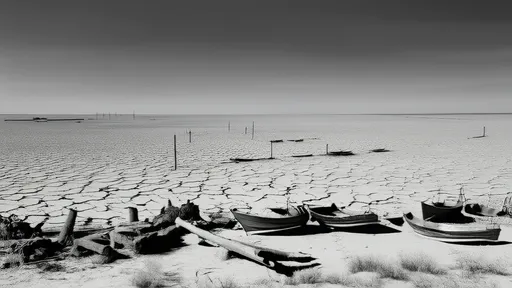
By /Jun 7, 2025

By /Jun 7, 2025
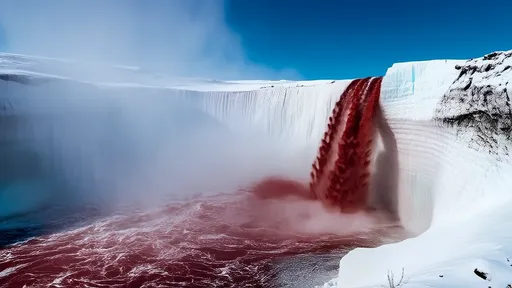
By /Jun 7, 2025

By /Jun 7, 2025
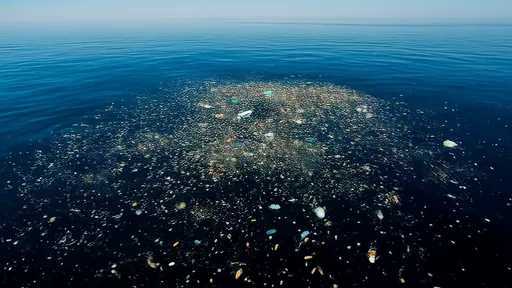
By /Jun 7, 2025
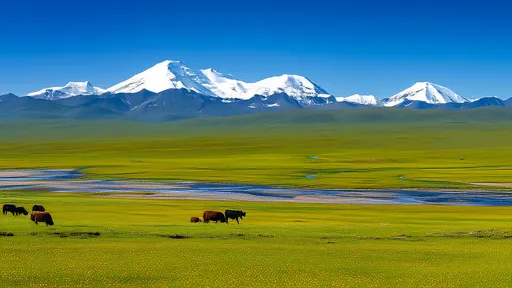
By /Jun 7, 2025